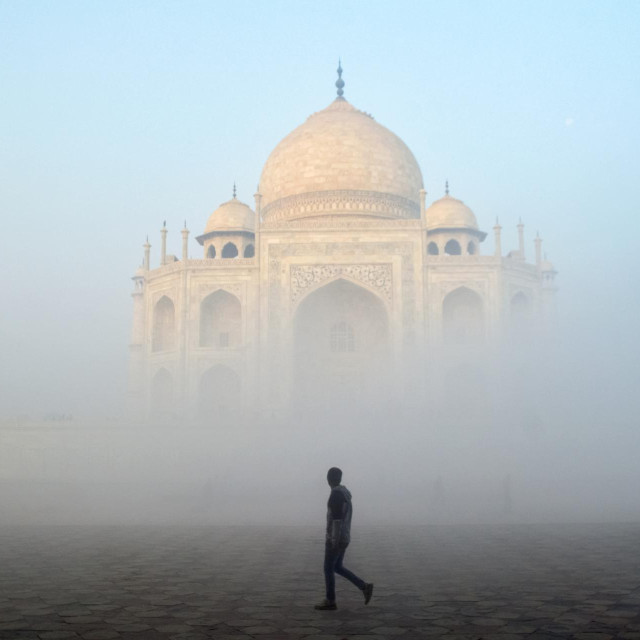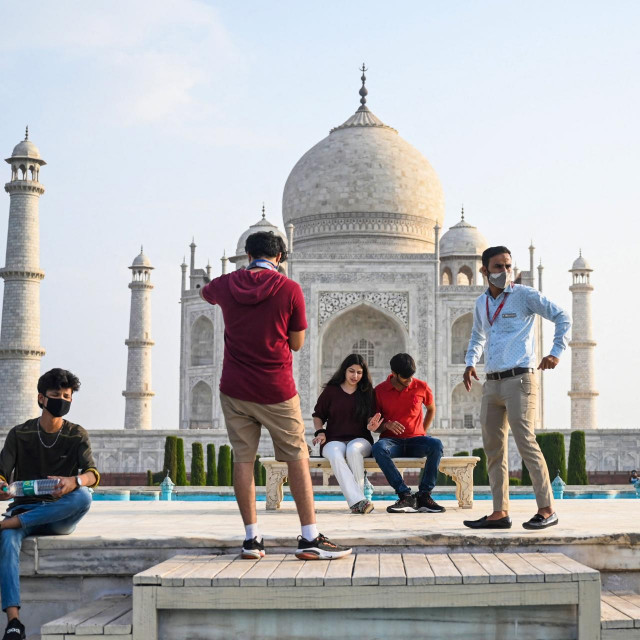The Taj Mahal, a magnificent mausoleum in India built as a symbol of eternal love by Shah Jahan for his beloved wife Mumtaz Mahal, is today facing serious threats from pollution and climate change. Constructed in the 17th century, this monument is a masterpiece of architecture and art, but air pollution and mass tourism endanger its longevity. The Indian government is taking measures for its preservation, including traffic restrictions and restoration works. The Taj Mahal remains a symbol of love and culture, but continuous efforts are needed to preserve its beauty for future generations.
Political Perspectives:
Left: Left-leaning reports emphasize the cultural and humanistic significance of the Taj Mahal as a symbol of love and heritage, highlighting the environmental threats posed by pollution and climate change. They often call for stronger government intervention and sustainable tourism practices to protect the monument and the local community.
Center: Center-leaning coverage tends to focus on the historical and architectural importance of the Taj Mahal, acknowledging the environmental challenges it faces. They report on government efforts to preserve the site, balancing tourism and conservation, and stress the need for practical solutions to maintain the monument’s integrity.
Right: Right-leaning narratives may emphasize national pride and the Taj Mahal as a symbol of Indian heritage and identity. They often highlight government initiatives and technological solutions to protect the monument, sometimes downplaying the severity of environmental threats or framing them as manageable challenges rather than crises.








